With the start of springtime also comes the start of canine lice season! Canine lice are most prevalent during the warmer months of the year, usually beginning towards the end of March and lasting until as long as September.
How Dog Lice Spread
Canine lice spreads through direct, dog-to-dog contact. Lice can be contracted in popular, dog-frequented areas, such as parks, dog daycare, grooming salons and anywhere where dogs come into contact with each other. Pet parents of dogs who visit any of the above these should check their dogs daily for lice using a lice comb.
Symptoms
Symptoms of canine lice include scratching and itchiness, a rough, dry, and/or matted coat, hair loss around the ears and neck, and small bite-like wounds. The appearance of canine lice is flat and grey, and can easily be confused for dandruff. A good way to check is to simply brush your dog on a daily basis; lice stick to fur when combed out, while dandruff does not.
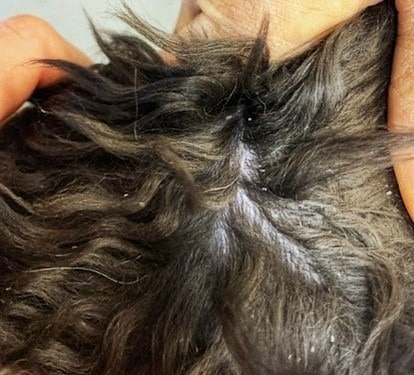
Treatment
If you suspect your dog has lice and/or notice them scratching more than usual, schedule an appointment with your veterinarian as soon as possible.
Several ingestible and topical products will kill and/or repel lice. There are many over-the-counter and prescription options, and some are more effective and faster than others. Discuss with your veterinarian which would be the best option for your dog.
Sanitize all dog beds, brushes, toys, leashes, collars, etc. Until all of the lice is completely gone, quarantine your dog from any activity that involves other pups including: dog groomers, dog training classes, competitive dog shows, dog parks, dog daycares, walks/hikes around other dogs, and any other communal dog setting.
Prevention
The most common prevention measures include oral and topical monthly preventatives, and bathing using a flea and tick shampoo. It is important to treat for both adult lice and any potential eggs in order to effectively break the cycle. Most flea and tick preventatives are effective against lice in their adult stage of life but do nothing to kill eggs. This leaves your pup vulnerable to reinfection in two weeks when the eggs hatch. There are a lot of options, so contact your veterinarian for advice on what preventative will work best for your dog!
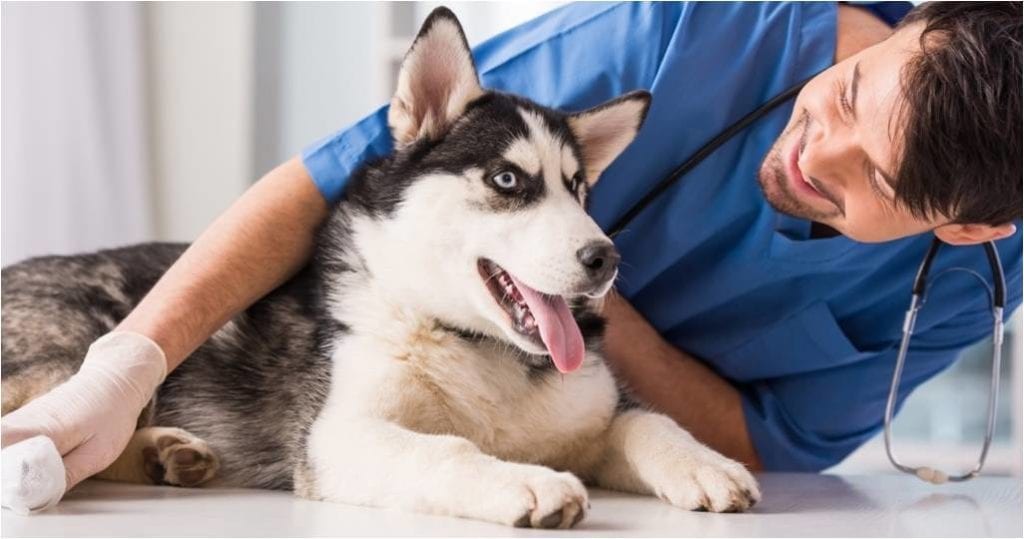
The Good News
Canine lice is not transmissible to humans, so people are not at risk. However, also taking measures such as thoroughly washing bedding, toys, and leashes can prevent further spread of canine lice from dog to dog, especially within the same household.
What Barx Parx is Doing
To do our part to help prevent the spread of lice in Las Vegas, The Barx Parx Team thoroughly checks every dog for hitchhikers with a lice comb before they enter our facility. With this and our strict daily sanitizing schedule, we hope to continue to provide Las Vegas with a safe, clean option to socialize our dogs.
Here are some tips for keeping your pup happy and healthy:
- Contact your veterinarian to discuss preventative medication options
- Brush and check your dog’s fur daily, especially the following regions: ears, top of the head, back of the neck and top of the back
- If you notice anything suspicious in your dog’s fur, keep your dog at home and contact your veterinarian immediately

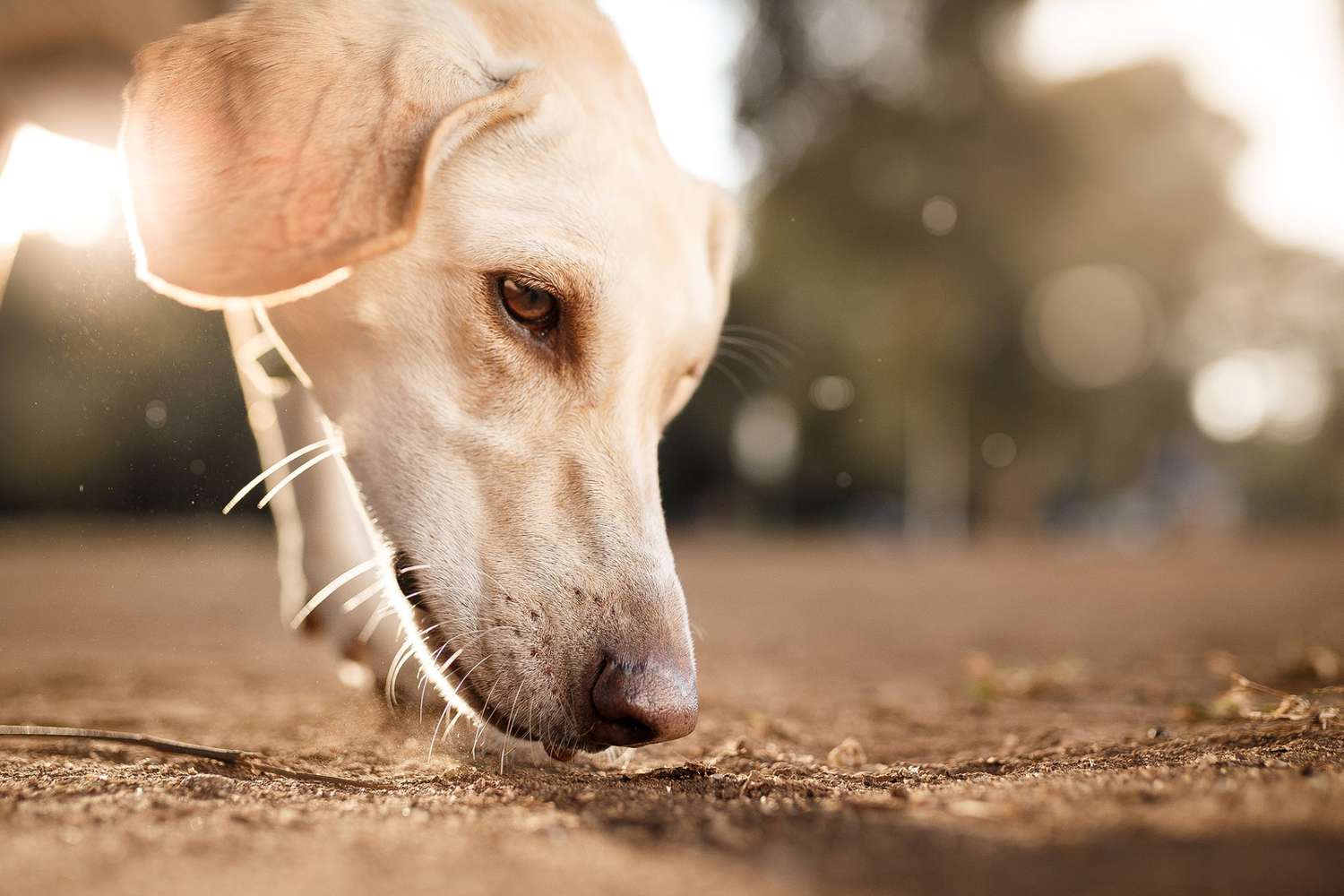
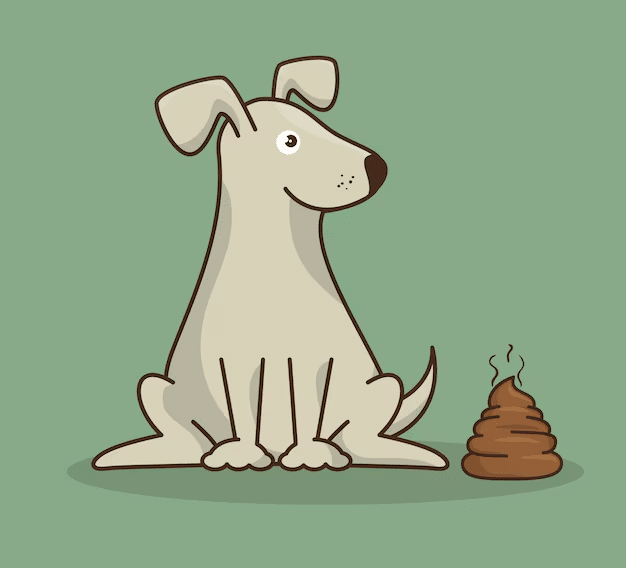
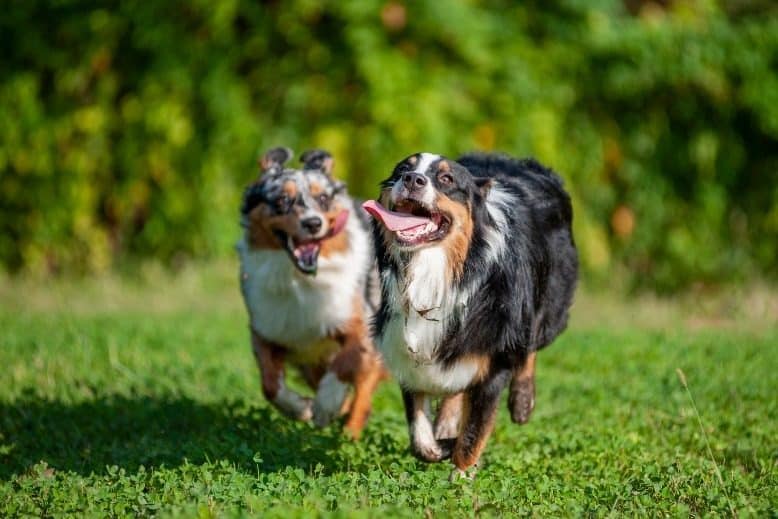



Understanding Dog Lice: Top 10 Breeds Prone to Infestation
[…] our arid desert climate, dog lice infestations can still occur, particularly during the spring months as the weather starts warming up and dogs spend more time outdoors. While the dry conditions may […]